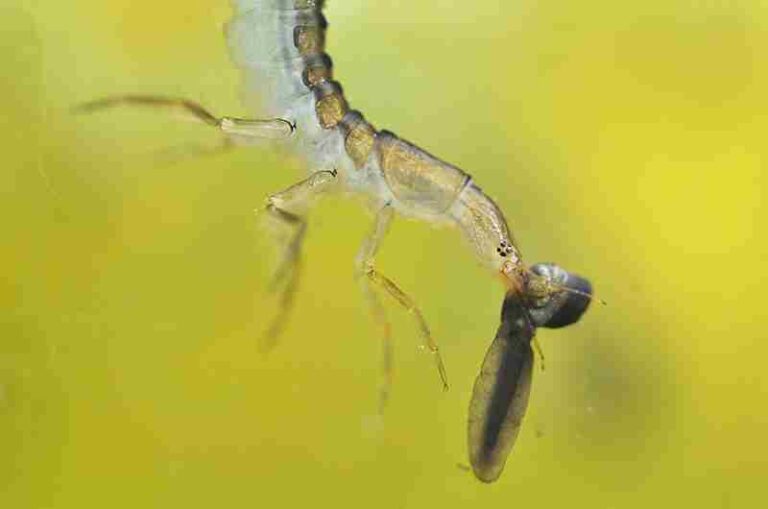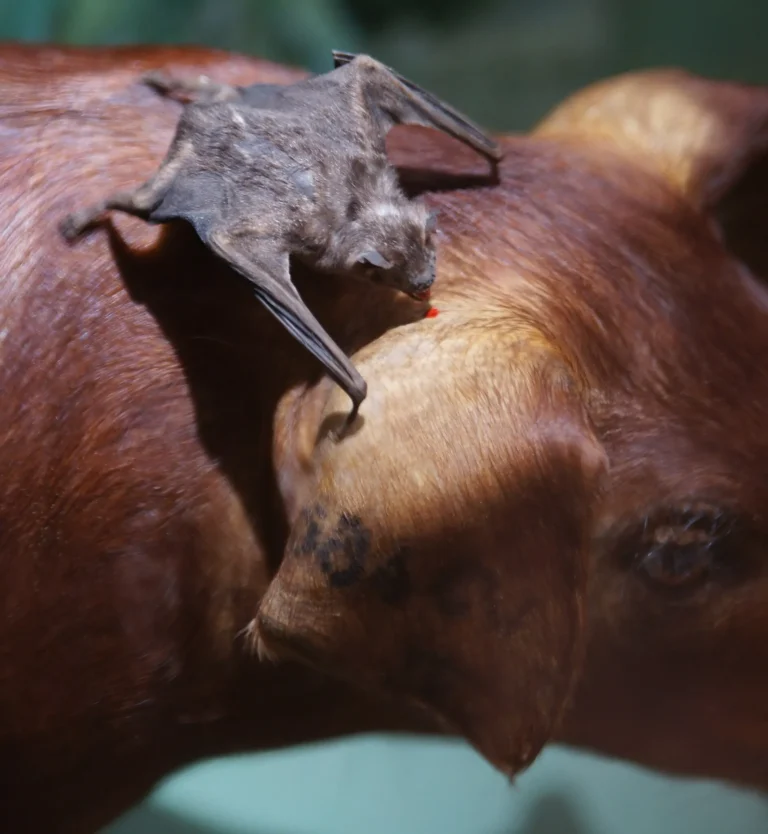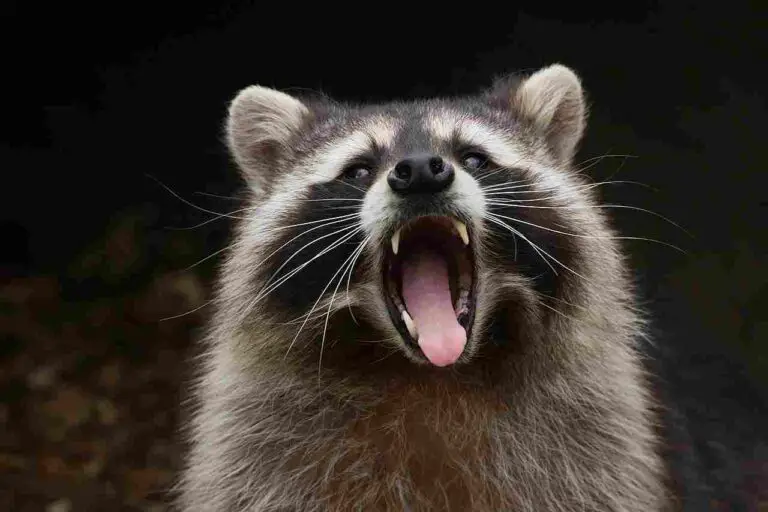7 Effects of Plastic Pollution on Animals Explained
Effects of plastic pollution on animals include; suffocation, low productivity, biodiversity decline, entrapment, physical injury, illness, vulnerability, and growth inhibition.
This article discusses the effects of plastic pollution on animals as follows;
-Effects of Plastic Pollution on Freshwater Aquatic Life
-Effects of Plastic Pollution on Marine Life
-Effects of Plastic Pollution on Terrestrial Life
-Effects of Plastic Pollution on Freshwater Aquatic Life
1). Suffocation
Plastic pollution can lead to suffocation of aquatic organisms by reducing the concentration of oxygen in water bodies.
Oxygen deficiency is one of the effects of plastic pollution on the environment, and it can be caused by the slow biodegradation of large quantities of plastic waste in streams and rivers.
Aquatic organisms like fish, microbes, and plants, are affected by such decline in the amount of dissolved oxygen in water, and it could lead to their suffocation and death.
Alternatively, aquatic organisms may suffocate as a result of respiratory blockage, through the ingestion of plastic materials.
2). Low Productivity
In aquatic ecosystems, plastic pollution can ultimately reduce biological productivity, through any of various mechanisms.
One of such mechanisms is starvation.
When the aquatic ecosystem is contaminated by plastic waste, physicochemical changes including pH, oxygen concentration, and temperature alteration may occur. These changes can reduce the survival rate of microbes and small plants, among other common sources of food for most aquatic organisms.
Food shortage may therefore result, leading to starvation and death.
Plastic pollution can cause the release of Endocrine-disrupting Chemicals (EDCs), which can reduce the fertility and reproduction rate of organisms [5].
Processes that facilitate production such as photosynthesis, can be inhibited in aquatic systems by the obstruction of solar energy (in the form of sunlight) from entering water bodies. This will reduce the effectiveness of bioenergy cycling in the aquatic energy pyramid, and hence the overall productivity of the ecosystem.
-Effects of Plastic Pollution on Marine Life
3). Biodiversity Decline
Millions of tons of plastic waste are released into the ocean each year [2].
These plastic materials can cause the entanglement and entrapment of marine fish, crustaceans and other relatively-small organisms [1], often leading to their suffocation.
Physical injuries may occur when marine organisms come in contact with (or ingest) plastic waste.
Physicochemical changes and physical risks caused by plastic accumulation, can make it difficult for various marine species to survive, ultimately resulting in a decline in marine biodiversity.
Marine species of all kinds including birds, mammals and crustaceans, are all susceptible to the negative effects of plastic pollution.

-Effects of Plastic Pollution on Terrestrial Life
4). Illness and Vulnerability
Plastic pollution increases the vulnerability of all terrestrial organisms to illness, physical injury, and death.
Ingestion, entrapment and entanglement are all mechanisms by which terrestrial animals are affected by plastic pollution.
Humans are also susceptible to these effects. The effects of plastic pollution on human health include optical irritation, endocrine disfunction, cancer, and neurological defects [4].
In extreme cases, plastic waste that has accumulated in landfills, may facilitate the growth of pathogens that cause illness.
Practices like recycling may help mitigate such risks.
5). Growth Inhibition
Plastic pollution inhibits the growth of terrestrial organisms like plants.
Studies have shown that plant germination and growth height can be negatively impacted by plastic pollution [3], as a result of soil fertility decline, among other effects.
Low growth rates of terrestrial plants can lead to problems like food insecurity.
Conclusion
Effects of plastic pollution on animals are;
1. Suffocation
2. Low Productivity
3. Biodiversity Decline
4. Entrapment
5. Physical Injury
6. Illness and Vulnerability
7. Growth Inhibition
References
1). Laist, D. (1997). “Impacts of Marine Debris: Entanglement of Marine Life in Marine Debris Including a Comprehensive List of Species with Entanglement and IngestiOn Records.” Springer Series on Environmental Management. Available at: https://doi.org/10.1007/978-1-4613-8486-1_10. (Accessed 6 October 2022).
2). Law, K. L.; Starr, N.; Siegler, T. R.; Jambeck, J. R.; Mallos, N J.; Leonard, G. H. (2020). “The United States’ contribution of plastic waste to land and ocean.” Science Advances 6(44):eabd0288. Available at: https://doi.org/10.1126/sciadv.abd0288. (Accessed 6 October 2022).
3). Li, B.; Huang, S.; Haoming, W.; Liu, M.; Xue, S.; Tang, D.; Cheng, W.; Fan, T.; Yang, X. (2021). “Effects of plastic particles on germination and growth of soybean (Glycine max): A pot experiment under field condition.” Environmental Pollution 272(Issue 6223):116418. Available at: https://doi.org/10.1016/j.envpol.2020.116418. (Accessed 6 October 2022).
4). Proshad, R.; Kormoker, T.; Islam, S.; Haque, M. A.; Rahman, M.; Mithu, M. R. (2018). “Toxic effects of plastic on human health and environment : A consequences of health risk assessment in Bangladesh.” Available at: https://doi.org/10.14419/ijh.v6i1.8655. (Accessed 6 October 2022).
5). Sharma, A.; Mollier, J.; Brocklesby, R. W. K.; Caves, C.; Jayasena, C. N.; Minhas, S. (2020). “Endocrine‐disrupting chemicals and male reproductive health.“ Reprod Med Biol. 2020;19:243–253. Available at: https://doi.org/10.1002/rmb2.12326. (Accessed 6 October 2022).




